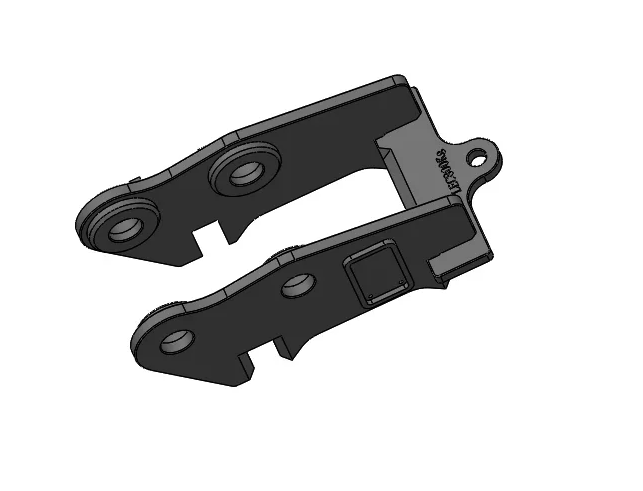In the realm of industrial and commercial ventilation, the choice between a blower and an axial fan can significantly impact system efficiency, performance, and application suitability. While both devices serve the primary function of moving air, their design, operational principles, and applications differ markedly. This article delves into the nuanced distinctions between blowers and axial fans, providing insights that can guide engineers, facility managers, and HVAC professionals in selecting the right equipment for their specific needs.
Understanding the Basics
Blowers are mechanical devices designed to move air or gas at relatively high pressures. They operate by drawing air in through an inlet and expelling it through an outlet, often using a positive displacement mechanism. This means that blowers can generate a significant amount of pressure, making them ideal for applications requiring high resistance to airflow, such as pneumatic conveying systems, dust collection, and combustion air supply.
Axial fans, on the other hand, are designed to move air parallel to the fan's axis. They utilize blades that rotate around a central hub, creating a low-pressure airflow. Axial fans are typically used in applications where large volumes of air need to be moved with minimal resistance, such as cooling systems, exhaust ventilation, and general air circulation.
Key Differences
- Design and Construction
The design of blowers and axial fans reflects their intended use. Blowers often feature a more robust construction with a housing that can withstand higher pressures. They may incorporate various mechanisms, such as centrifugal or positive displacement designs, to achieve the desired airflow characteristics.
In contrast, axial fans are characterized by their simpler design, consisting mainly of blades and a motor. The blades are angled to create lift, which propels air forward. This design allows for a lightweight and compact unit, making axial fans suitable for applications where space is a constraint.
- Airflow Characteristics
One of the most significant differences lies in the airflow characteristics of each device. Blowers are capable of generating high static pressure, making them suitable for applications that require overcoming resistance, such as ductwork or filters. They can maintain a consistent airflow even when faced with obstructions.
Axial fans excel in moving large volumes of air at lower pressures. They are ideal for applications that prioritize airflow over pressure, such as cooling towers or ventilation systems. While they can handle some resistance, their performance diminishes significantly when faced with high static pressure.
- Efficiency and Energy Consumption
Efficiency is a critical factor in selecting between blowers and axial fans. Blowers, due to their design and operational principles, often consume more energy to achieve the necessary pressure levels. However, they can be more efficient in applications requiring high pressure and low airflow.
Axial fans, conversely, are generally more energy-efficient for applications that require high airflow at low pressure. Their design allows them to operate effectively with lower energy consumption, making them a preferred choice for large-scale ventilation and cooling systems.
- Applications
The choice between a blower and an axial fan largely depends on the specific application requirements. Blowers are commonly used in:
- Pneumatic Conveying: Moving bulk materials through pipelines.
- Dust Collection Systems: Extracting airborne particles from industrial processes.
- Combustion Air Supply: Providing air for burners in heating systems.
Axial fans are typically employed in:
- HVAC Systems: Circulating air in heating, ventilation, and air conditioning applications.
- Cooling Applications: Dissipating heat in industrial processes or electronic equipment.
- Exhaust Ventilation: Removing stale air from buildings or confined spaces.
Conclusion
In summary, understanding the differences between blowers and axial fans is crucial for selecting the right equipment for your specific air movement needs. While blowers are ideal for high-pressure applications requiring precise airflow control, axial fans excel in scenarios demanding high volumes of air at lower pressures. By carefully considering the design, airflow characteristics, efficiency, and application requirements, professionals can make informed decisions that enhance system performance and energy efficiency.


